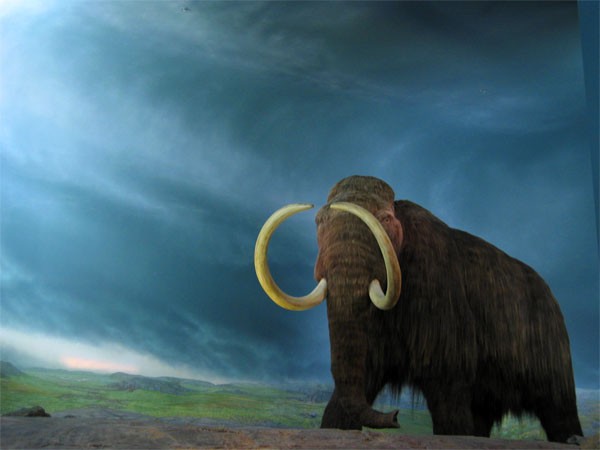During the last major ice age some 10,000 years ago, woolly mammoths were last seen to walk the face of the earth and now, scientists have unraveled their secret of how these majestic creatures were able to survive the bitter cold via genetic analysis.
Researchers have examined the genetic code from a pair of mammoths who lived some 60,000 to 20,000 years ago and in order to ensure precision, each letter of the genome was studied carefully at an average of 20 times.
According to Stephan Schuster of Nanyang Technological University, this is a great opportunity to show that ancient genomes can also be sequenced accurately, similar to extant genomes where the woolly mammoth is the ideal specimen to demonstrate this.
Woolly mammoths' genes were then compared with the genes of modern day elephants such as those who dwell in Asia and Africa. Researchers have discovered that the genomes of the ancient animals were able to enhance the growth of their hair and skin to withstand the freezing environment. These genes also reveal specific patterns of fat metabolism and insulin in order for the mammoth to thrive in the intense cold.
Scientists also detected a protein called TRPV3 that causes temperature sensation and is responsible for body fat storage and growth of body hair which was discovered to possess a certain mutation in mammoths. Researchers then revived this gene in laboratory conditions and placed it inside a human kidney cell.
Apart from physical attributes and features that call for living in the extreme cold, researchers also discovered segments of the genome that were responsible for small ears and short tails including the distinct shape of their heads.
According to geneticist Vincent Lynch of the University of Chicago, this new study is the most comprehensive one that investigates the genetic changes of how the woolly mammoth came to be. This is also a remarkable model to study as this clearly shows the morphological evolution of the creature which is a close relative of elephant but apparently did not inherit any mammoth traits.
This new study is pivotal to understanding the genetic code mysteries of ancient animals since the genetic code of these remains decays over a short period of time. Scientists often go thru a painstaking process to extract DNA and study the code of mammoths which are often incomplete and filled with errors.
This new study is published in the journal, Cell Reports.




























